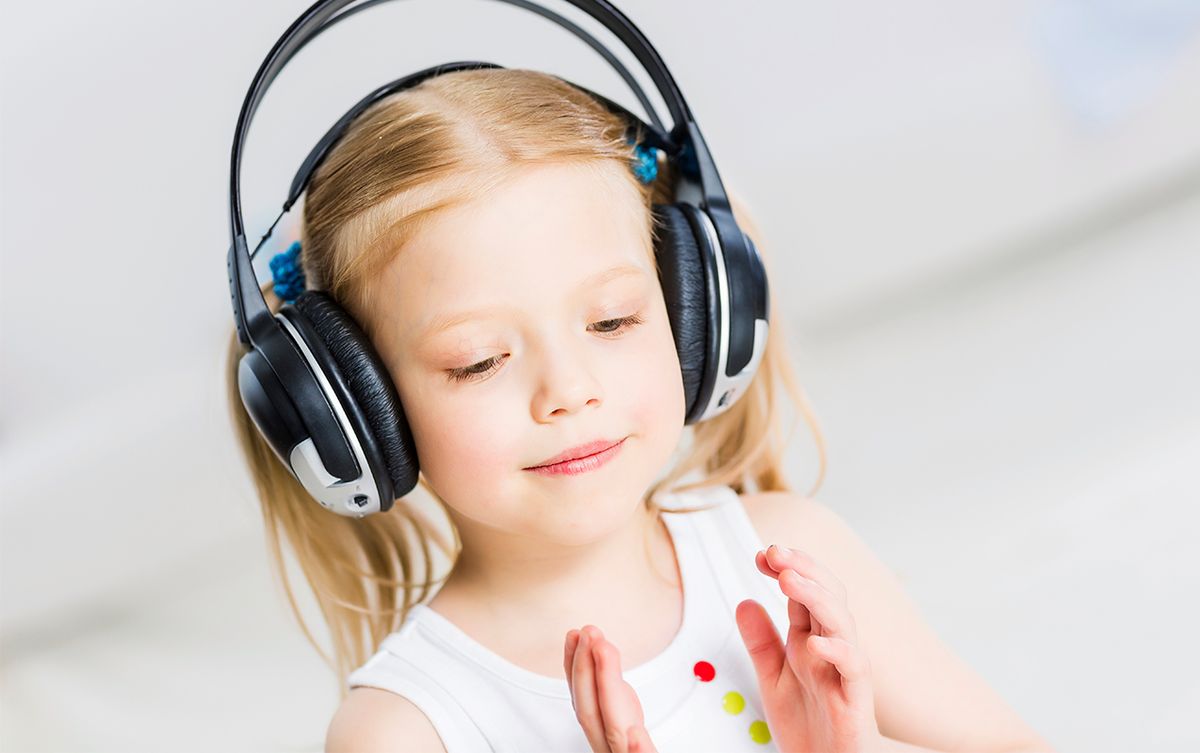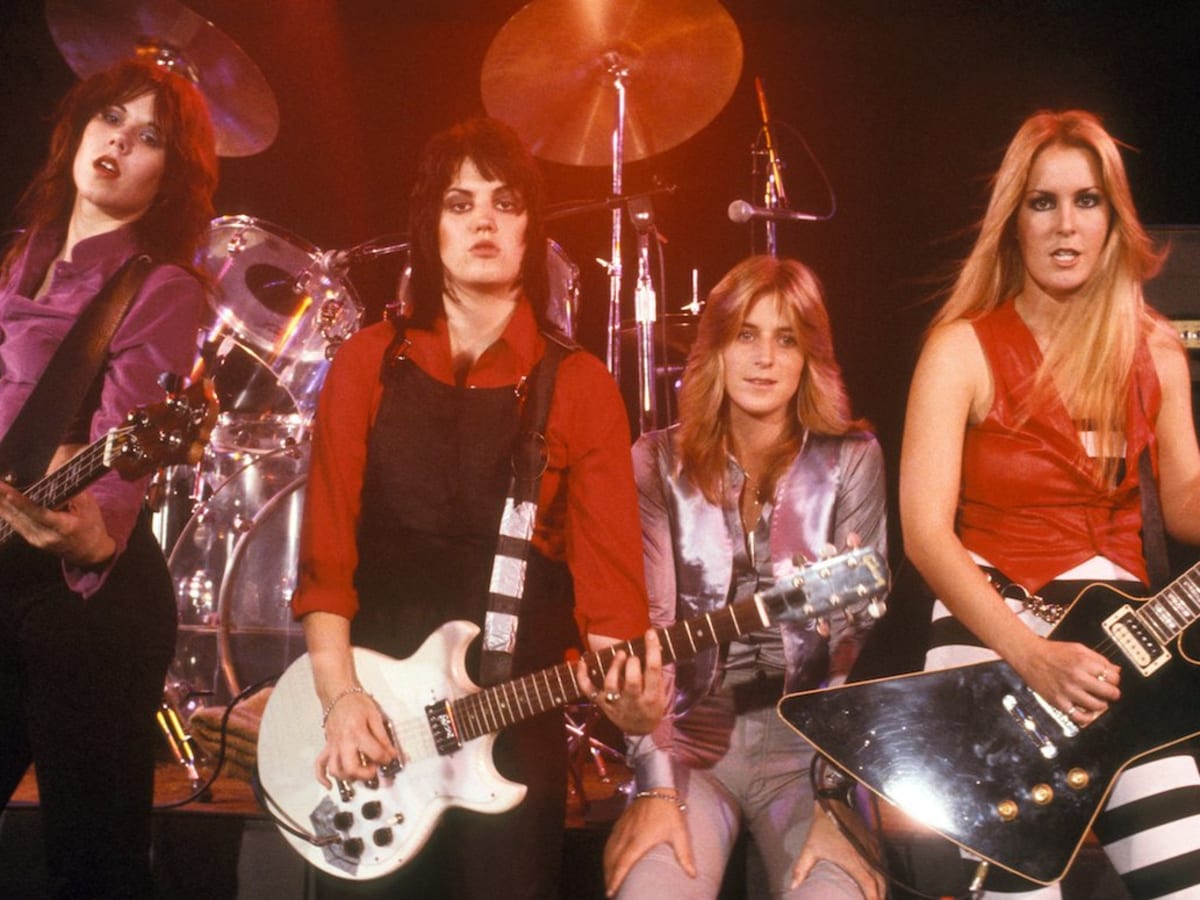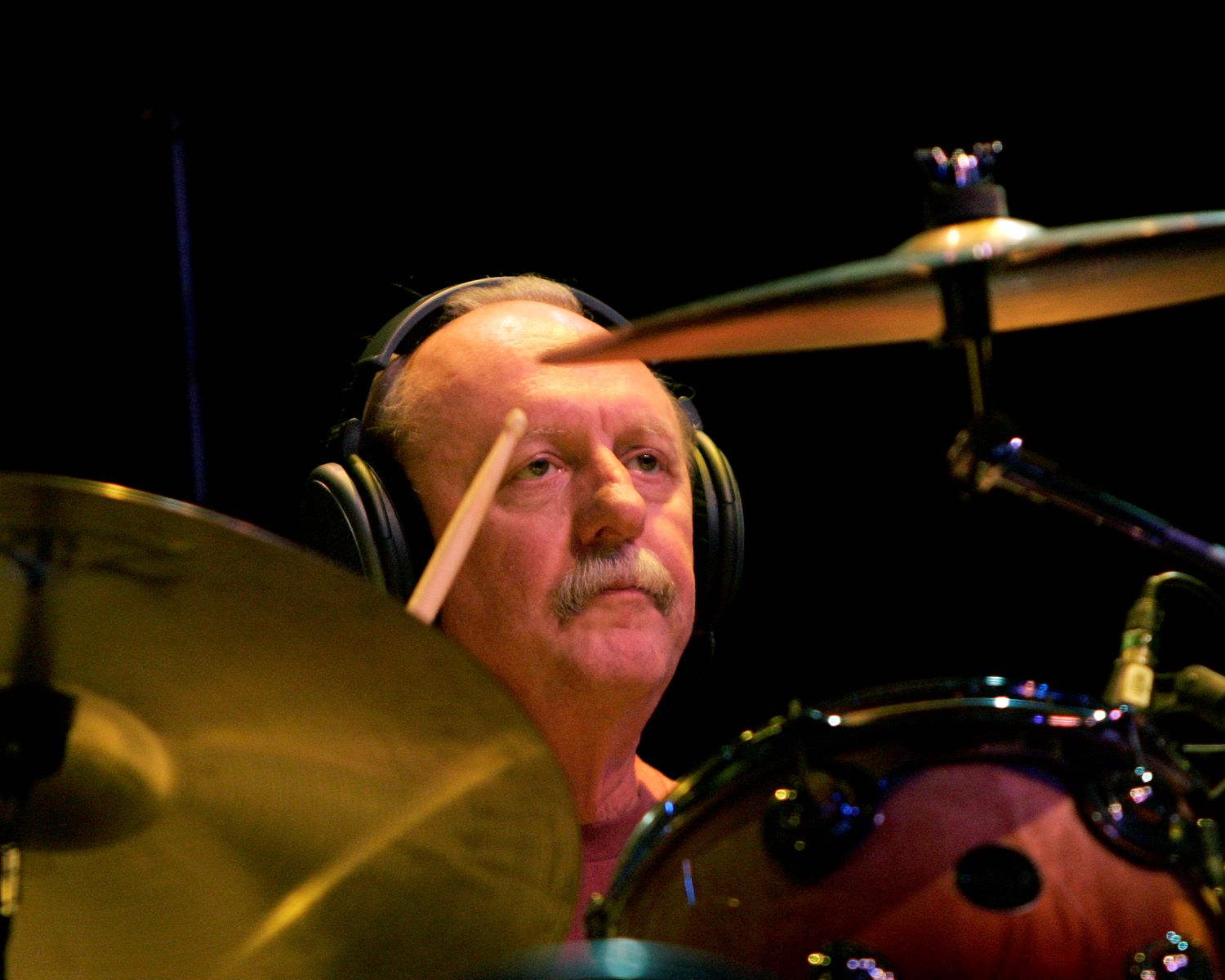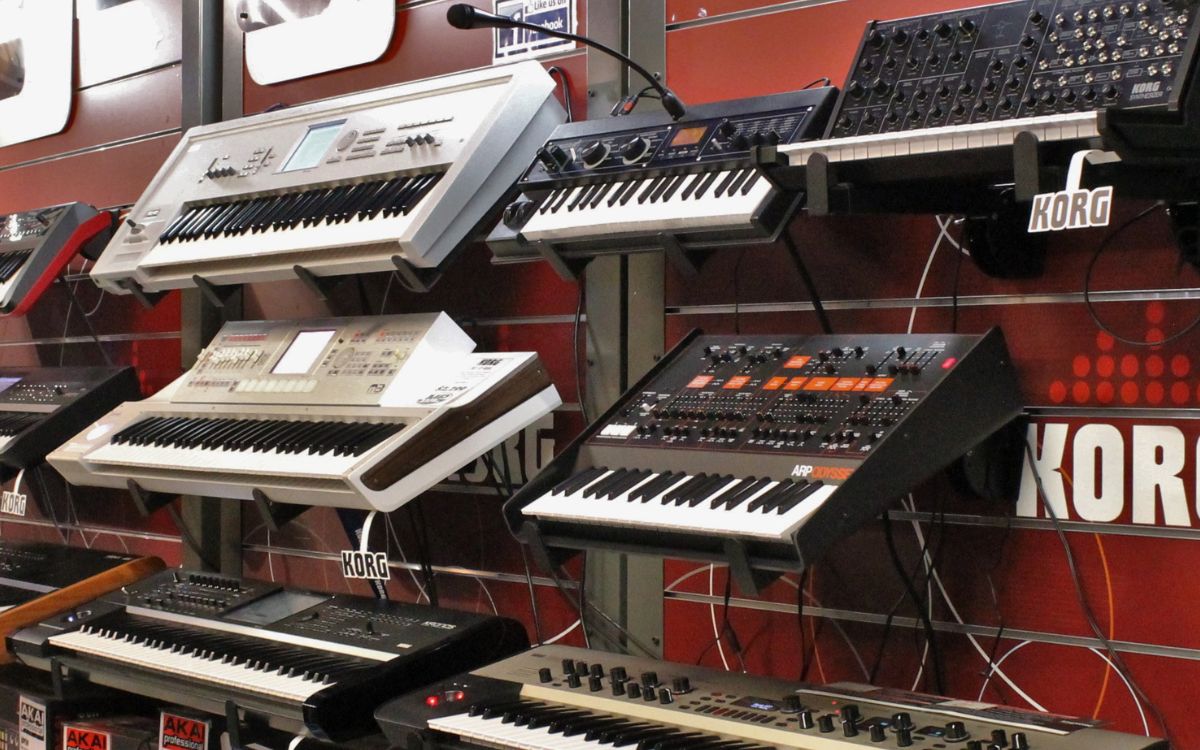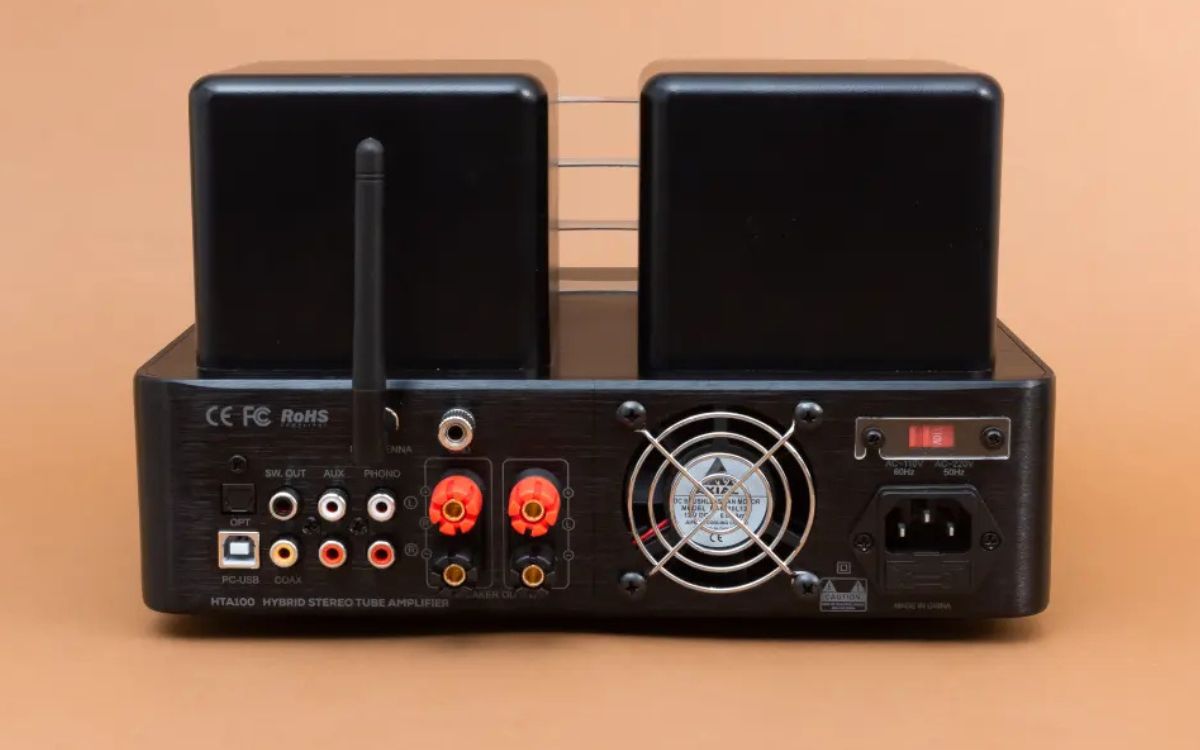Home>Events & Info>Music Therapy>What Kind Of Music Is Used In Music Therapy
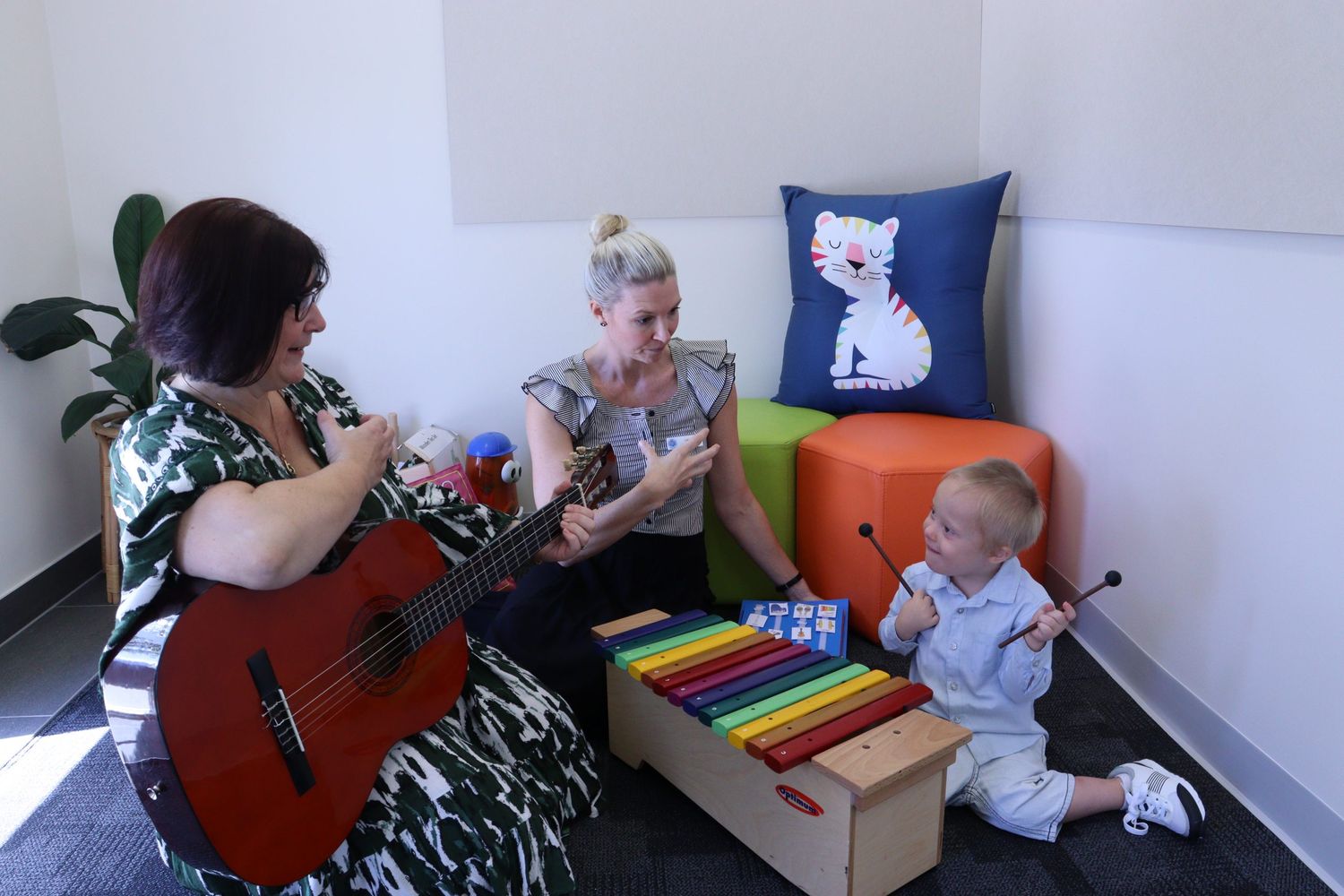

Music Therapy
What Kind Of Music Is Used In Music Therapy
Published: February 1, 2024
Discover the power of music therapy and the different types of music used in this therapeutic practice. Enhance your well-being through the healing effects of music.
(Many of the links in this article redirect to a specific reviewed product. Your purchase of these products through affiliate links helps to generate commission for AudioLover.com, at no extra cost. Learn more)
Table of Contents
Introduction
Music has a powerful effect on our emotions and can evoke a wide range of feelings within us. It can make us feel happy, sad, relaxed, or energized. But did you know that music can also be used as a therapeutic tool? This is where music therapy comes in.
Music therapy is a specialized field that harnesses the power of music to promote healing, improve mental and physical well-being, and enhance overall quality of life. It is an evidence-based practice that involves the use of music interventions by certified music therapists to address the unique needs of individuals or groups.
In music therapy, the therapeutic relationship between the music therapist and the client is crucial. Through this collaborative process, the therapist uses music to create a safe and supportive environment where clients can explore their emotions, express themselves creatively, and work towards their therapeutic goals.
The use of music therapy can be traced back to ancient civilizations such as Egypt, Greece, and China, where music was recognized for its healing properties. However, it wasn’t until the 20th century that music therapy began to be formally recognized as a profession.
Today, music therapy is utilized in a variety of settings, including hospitals, rehabilitation centers, mental health facilities, schools, and private practice. It is beneficial for people of all ages and can be particularly helpful for individuals with developmental disabilities, autism spectrum disorder, neurological conditions, chronic pain, and mental health issues.
In this article, we will explore the history of music therapy, its benefits, and the various types of music used in music therapy sessions. Whether you are a music lover, a therapist, or simply curious about the healing power of music, this article will provide you with valuable insights into the world of music therapy.
History of Music Therapy
The use of music for therapeutic purposes can be traced back thousands of years to ancient civilizations. In ancient Greece, music was believed to have a profound impact on the mind, body, and soul, and was used in healing rituals and ceremonies. Similarly, in ancient China, music was used to restore balance and harmony within the body.
However, the modern practice of music therapy as we know it today began to take shape in the 20th century. During World War I and World War II, musicians were employed in hospitals to play music for wounded soldiers, and it was observed that the music had a positive impact on their healing process.
In the 1940s, the field of music therapy gained recognition and formalized training programs were established. E. Thayer Gaston, known as the “father of music therapy,” was instrumental in developing the first academic program in music therapy at Michigan State University.
Since then, music therapy has continued to evolve and grow as a profession. In 1950, the National Association for Music Therapy (now known as the American Music Therapy Association) was founded to promote the field and establish professional standards.
Over the years, research has provided strong evidence for the effectiveness of music therapy in various settings. Studies have shown that music therapy can reduce pain and anxiety, improve mood and emotional well-being, enhance communication and social skills, and promote physical rehabilitation.
Today, music therapy is an established and recognized healthcare profession. Music therapists undergo extensive training and education, including studying music theory, psychology, anatomy, and therapeutic techniques. They also participate in clinical internships to gain practical experience working with diverse populations.
Music therapy is now utilized in a wide range of settings, including hospitals, schools, nursing homes, mental health clinics, and rehabilitation centers. Music therapists work with individuals of all ages, from infants to the elderly, addressing a variety of needs such as cognitive impairment, emotional trauma, physical disabilities, and behavioral disorders.
As the field continues to advance, new approaches such as neurologic music therapy, which focuses on the effects of music on the brain, are being developed. Music therapy is also being integrated into complementary and alternative medicine practices, further expanding its reach and potential benefits.
The history of music therapy is a testament to the power of music as a healing tool. It has evolved from ancient rituals to a scientifically grounded profession that brings comfort, joy, and healing to countless individuals around the world.
Benefits of Music Therapy
Music therapy offers a wide range of benefits for individuals of all ages and abilities. It can have a profound impact on our mental, emotional, and physical well-being. Here are some of the key benefits of music therapy:
- Emotional and Psychological Well-being: Music has the ability to evoke strong emotions and can be used as a powerful tool to explore and express feelings. Music therapy can help individuals cope with and manage stress, anxiety, depression, and trauma. It provides a safe space for emotional expression and promotes self-awareness and introspection.
- Improved Communication and Social Skills: Music therapy encourages communication and social interaction. It can be particularly beneficial for individuals with developmental disabilities or autism spectrum disorder who may struggle with verbal communication. Through music, individuals can express themselves, engage in shared musical experiences, and develop meaningful connections with others.
- Cognitive Enhancement: Music therapy can have a positive impact on cognitive skills such as attention, memory, and problem-solving. It has been shown to stimulate the brain and improve overall cognitive functioning. Music therapists use various techniques, such as rhythmic patterns and melodic structures, to engage and activate different areas of the brain.
- Pain and Stress Reduction: Listening to music or engaging in music-making activities can help reduce pain perception and alleviate stress. Music therapy can distract from physical discomfort, provide a sense of relaxation, and promote a positive mood. It is commonly used in healthcare settings, such as hospitals and rehabilitation centers, to complement pain management strategies.
- Motivation and Physical Rehabilitation: Music therapy can be used to motivate individuals during physical rehabilitation. Rhythmic patterns and musical cues can help improve coordination, range of motion, and motor skills. Music can also enhance motivation and engagement in therapy sessions, making the rehabilitation process more enjoyable and effective.
These are just a few of the many benefits that music therapy offers. Each individual’s experience with music therapy is unique, and the specific benefits they derive from it will vary. However, the power of music to heal, uplift, and connect individuals remains a constant.
Types of Music Used in Music Therapy
Music therapy utilizes a wide variety of musical genres and styles to meet the diverse needs and preferences of individuals. The choice of music depends on the therapeutic goals, client’s preferences, and the context of the session. Here are some common types of music used in music therapy:
- Classical Music: Classical music, with its rich melodies and intricate compositions, is often used in music therapy sessions. The soothing and structured nature of classical music can help promote relaxation, reduce anxiety, and improve focus and concentration. Examples of classical music composers frequently used in therapy include Johann Sebastian Bach, Wolfgang Amadeus Mozart, and Ludwig van Beethoven.
- Popular Music: Popular music from different eras and genres is frequently incorporated into music therapy sessions. This includes contemporary pop songs, rock, country, and folk music. Popular music is often relatable, familiar, and can evoke strong emotions and memories. It can be used for self-expression, creating playlists that reflect personal preferences, and encouraging engagement through singing, movement, or playing instruments.
- Jazz Music: Jazz, with its improvisational nature and syncopated rhythms, is another genre commonly used in music therapy. Jazz music stimulates creativity, enhances emotional expression, and encourages spontaneity. It can be utilized for relaxation, improvisation exercises, and promoting self-expression through instrumental or vocal improvisation.
- World Music: World music incorporates traditional and cultural music from different parts of the world. It includes genres such as African drumming, Native American flute music, Indian classical music, and Latin rhythms. World music is often utilized in music therapy to explore cultural identity, provide a sense of grounding and connection, and promote cross-cultural understanding and appreciation.
- Experimental and Ambient Music: Experimental and ambient music genres are characterized by their atmospheric and often unconventional sounds. These types of music can be used to create a relaxing and immersive environment, enhance mindfulness and meditation, and encourage free expression and creativity. Ambient sounds, such as nature sounds or white noise, can also be integrated into music therapy sessions for relaxation and stress reduction.
It’s important to note that the choice of music is always tailored to the individual or group’s specific needs and preferences. Music therapists are trained to assess the client’s response to different genres and adapt the therapeutic approach accordingly. The goal is to create a personalized and meaningful musical experience that supports the therapeutic process and enhances well-being.
Classical Music in Music Therapy
Classical music has long been recognized for its therapeutic qualities and is commonly used in music therapy sessions. The deep emotional and intellectual impact of classical compositions can support various therapeutic goals and enhance the therapeutic experience.
One of the key benefits of classical music in music therapy is its ability to promote relaxation and reduce anxiety. The slow tempos, gentle melodies, and harmonic structure of classical pieces can induce a sense of calmness and tranquility in clients. Listening to works by composers such as Johann Sebastian Bach, Wolfgang Amadeus Mozart, and Ludwig van Beethoven can lower stress levels, slow down the heart rate, and create a serene atmosphere.
Classical music’s complex and intricate compositions also make it a valuable tool for improving focus and attention. The layered musical structures challenge the brain and engage cognitive processes, enhancing concentration and mental acuity. This makes classical music particularly effective in sessions targeting cognitive skills and attention deficits.
Moreover, classical music encourages emotional expression and introspection. The evocative melodies and harmonies can stir deep emotions and provide a safe outlet for clients to explore their feelings. It creates a meaningful space for self-reflection, self-awareness, and emotional processing. Playing classical music instruments, such as the piano or violin, can also enable clients to express their emotions non-verbally and develop a sense of creative self-expression.
Classical music is not only used for passive listening but can also be incorporated into active music-making activities. Clients can engage in playing classical compositions on instruments or participate in group ensembles to promote social interaction and collaboration. This fosters a sense of community and connection as clients work together to create beautiful music.
Furthermore, classical music supports reminiscence and nostalgia. Many classical compositions have a rich history and cultural significance, allowing clients to connect with their past and evoke cherished memories. This can be particularly valuable for elderly individuals or those with dementia as listening to familiar classical melodies can enhance their sense of identity and well-being.
Overall, classical music is a versatile and powerful tool in music therapy. Its ability to induce relaxation, improve focus, facilitate emotional expression, and support social interaction makes it a valuable resource for music therapists. By incorporating classical music into therapy sessions, music therapists can harness the therapeutic qualities of these timeless compositions to enhance the well-being and promote the healing process of their clients.
Popular Music in Music Therapy
Popular music, with its widespread appeal and cultural significance, plays a significant role in music therapy. The familiar tunes and lyrics of popular songs can evoke strong emotions, spark memories, and provide a sense of comfort and connection. The versatility of popular music makes it a valuable tool in addressing various therapeutic goals in music therapy sessions.
One of the key benefits of using popular music in therapy is its ability to facilitate self-expression and personal identification. Many individuals have a deep emotional connection to songs from their favorite artists or songs that were significant during specific periods of their life. Through singing, playing instruments, or simply listening to popular songs, clients can express their emotions, share their stories, and find solace in the familiarity and relatability of the music.
Popular music is also a powerful medium for promoting social interaction and group cohesion in music therapy settings. Group sessions often involve creating playlists, singing along to popular songs, or even learning choreography to well-known tunes. This fosters a sense of community, encourages collaboration, and supports communication and social skills development.
In addition to emotional and social benefits, popular music is often used to enhance motivation and engagement in therapy sessions. The catchy melodies and upbeat rhythms of popular songs can energize and uplift clients, making the therapeutic experience more enjoyable and stimulating. This is particularly effective for individuals who may be resistant to traditional therapeutic approaches or have limited interest in other forms of music.
Furthermore, popular music can serve as a tool for reminiscing and life review in older adults. Playing songs from their youth or certain periods of their lives can trigger memories, encourage storytelling, and foster a sense of identity and connection to their past. This reminiscence-focused therapy can be highly beneficial for individuals with dementia or other memory-related conditions.
Another advantage of popular music in therapy is its versatility across genres, allowing therapists to cater to a wide range of musical preferences and cultural backgrounds. Whether it’s rock, pop, hip-hop, country, or R&B, the diversity of popular music ensures that therapists can select songs that resonate with each individual client and create a personalized and meaningful therapeutic experience.
Overall, popular music serves as a vital medium in music therapy, providing opportunities for self-expression, social connection, and motivation. By incorporating popular songs into therapy sessions, music therapists can tap into the emotional power and universal appeal of these songs, harnessing their therapeutic potential to support clients on their journey towards healing and well-being.
Jazz Music in Music Therapy
Jazz music has a distinct improvisational and expressive nature that makes it a valuable tool in music therapy. With its syncopated rhythms, harmonic complexity, and individual artistic expression, jazz offers unique therapeutic benefits and opportunities for clients.
One primary benefit of using jazz music in therapy is its ability to stimulate creativity and encourage self-expression. Jazz is characterized by improvisation, allowing clients to explore their musical abilities, experiment with different sounds and melodies, and express themselves in a spontaneous and authentic way. Through improvisation, clients can tap into their inner creativity, boost confidence, and develop a sense of ownership over their musical expression.
Jazz music also promotes emotional expression and catharsis. The improvisational aspect of jazz enables clients to channel their emotions through playing instruments or through vocal improvisation. The expressive qualities of jazz compositions can help individuals explore and process their feelings, offering a therapeutic outlet for emotions that may be difficult to express verbally.
Additionally, jazz music is highly interactive and encourages social engagement. Jazz ensembles often involve collaborative performances, allowing clients to work together, communicate non-verbally, and respond to one another’s musical cues. This promotes teamwork, cooperation, and enhances social skills, making jazz an excellent choice in group therapy settings.
Another key benefit of jazz music is its rhythmic complexity, which can enhance cognitive functioning and motor skills. The intricate rhythmic patterns found in jazz compositions can improve coordination, timing, and motor planning. Playing jazz instruments, such as drums or piano, can challenge clients’ cognitive abilities and enhance their overall cognitive processing.
Jazz also offers a unique opportunity for cultural exploration in music therapy. From the origins of jazz in African-American communities to its global influence and various sub-genres, jazz represents a rich cultural history. By incorporating jazz music from different periods and styles into therapy sessions, music therapists can encourage clients to appreciate and explore the inherent diversity within jazz and promote cross-cultural understanding and connection.
Moreover, jazz music has a soothing and relaxing quality that can promote stress reduction and emotional well-being. The smooth, melodic elements of jazz compositions, such as ballads, can create a calming atmosphere and facilitate relaxation. Listening to jazz music can also uplift moods, providing a sense of joy and serenity.
In summary, jazz music offers a wealth of therapeutic benefits in music therapy. Its improvisational nature, emotional expression, social interaction, cognitive stimulation, cultural exploration, and relaxing qualities make it a versatile and powerful tool for promoting self-expression, creativity, and overall well-being in therapy sessions.
World Music in Music Therapy
World music, encompassing diverse traditional and cultural music from around the globe, holds immense therapeutic potential in music therapy. Its rich tapestry of sounds, rhythms, and melodies offers a unique and powerful medium for cultural exploration, connection, and personal growth.
One of the primary benefits of using world music in therapy is its ability to foster cross-cultural understanding and appreciation. World music represents the diversity of human expression and enables clients to connect with different cultures and traditions. By engaging with world music, clients can develop a broader perspective, cultivate empathy, and develop a sense of global awareness.
World music also provides an opportunity for clients to explore their own cultural heritage and identity. Traditional music from their own ancestral roots or music that resonates with their background can evoke a sense of belonging and pride. This exploration of cultural heritage can be particularly impactful for individuals who may have experienced displacement, immigration, or a disconnection from their cultural roots.
Furthermore, world music promotes rhythmic exploration and movement, which can be highly beneficial for physical and motor development. Many world music genres, such as African drumming, Latin rhythms, or Indian classical music, are inherently organic and rhythmically engaging. These rhythms can invigorate physical movement, improve coordination, and stimulate motor skills.
World music is also known for its therapeutic influences on emotional well-being. The melodic and harmonic components, infused with cultural nuances, can evoke a range of emotions and provide a channel for emotional expression and release. The use of traditional instruments and vocal techniques from specific regions can further enhance the emotional impact and connection with the music.
In addition to its emotional benefits, world music can also facilitate cognitive stimulation and auditory processing. The intricate musical structures and complex rhythms found in many world music genres challenge the brain and promote active listening, attention, and memory skills. Engaging with world music can improve cognitive functioning, focus, and auditory discrimination.
Moreover, world music encourages active participation and community engagement. Song and dance are often integral components of world music traditions, promoting group participation, shared experiences, and social bonds. This collective interaction can foster a sense of belonging, enhance communication skills, and promote social connection and cohesion.
Overall, world music offers a rich and diverse palette of sounds, rhythms, and cultural experiences in music therapy. Its ability to foster cultural exploration, stimulate emotional expression, promote physical movement, enhance cognition, and cultivate social connection makes it a highly valuable and effective therapeutic tool for clients of various backgrounds and ages.
Experimental and Ambient Music in Music Therapy
Experimental and ambient music, with its unique and often unconventional sounds, holds a special place in the realm of music therapy. These genres offer a range of therapeutic benefits by creating immersive and calming environments, enhancing mindfulness, encouraging creative expression, and promoting relaxation.
One of the primary benefits of using experimental and ambient music in therapy is its ability to create a soothing and immersive atmosphere. The atmospheric and ethereal qualities of ambient music provide a backdrop that can help individuals relax, reduce anxiety, and promote a sense of calm. The soothing soundscape can transport clients to a tranquil space, acting as a form of auditory therapy that supports stress reduction and emotional well-being.
Experimental music, with its unconventional sounds and structures, can also provide an avenue for creative expression and exploration. The unusual sounds and textures found in experimental compositions can prompt new ways of thinking and foster unique musical responses. Experimentation with different sonic elements and unconventional instruments can encourage clients to step outside their comfort zones, embracing creativity, and expanding their musical horizons.
Ambient music, often characterized by its minimalist and repetitive nature, lends itself well to mindfulness and meditation practices. The gentle and continuous flows of ambient compositions create a steady and grounding presence, allowing individuals to focus, relax, and become more present in the moment. The subtle shifts in soundscapes can facilitate a heightened state of awareness and promote a deeper sense of introspection.
These genres can also be utilized to support emotional processing and reflection. The abstract nature of experimental and ambient music allows individuals to project their own emotions onto the music, using it as a vehicle for catharsis and self-expression. The open-ended nature of these genres offers space for personal interpretation, enabling individuals to explore and process their feelings in a non-directive and non-judgmental way.
Moreover, experimental and ambient music is often used in combination with visual elements to create multisensory experiences. The integration of visuals, such as projected images or light displays, can further enhance the therapeutic impact of the music, creating a multi-dimensional experience that stimulates multiple senses and deepens the emotional and sensory engagement.
Overall, the experimental and ambient genres in music therapy offer a unique and versatile platform for therapeutic exploration. Their ability to create immersive environments, support mindfulness, foster creativity, and promote emotional reflection makes them valuable tools in helping individuals navigate their emotional landscapes, promote relaxation, and tap into their own inner creative resources.
Conclusion
Music therapy is a powerful and effective form of therapy that harnesses the inherent healing qualities of music to promote well-being, personal growth, and emotional expression. Whether through classical music, popular music, jazz, world music, or experimental and ambient music, the therapeutic benefits of music are vast and diverse.
Throughout history, music has been recognized for its ability to evoke emotions, connect people, and foster a sense of community. Music therapy builds upon this foundation, utilizing music in intentional and structured ways to address specific therapeutic goals and meet the unique needs of individuals or groups.
Classical music, with its soothing melodies and intricate compositions, promotes relaxation and focus while encouraging emotional exploration. Popular music, with its familiarity and relatability, offers a platform for self-expression, social interaction, and motivation. Jazz music, with its improvisational nature, stimulates creativity, emotional expression, and collaboration. World music, with its diverse cultural sounds and rhythms, fosters cross-cultural connections, physical movement, and emotional exploration. Experimental and ambient music, with its immersive qualities, enhances relaxation, mindfulness, and creative expression.
Regardless of the genre, music therapy has been shown to have a multitude of benefits, including improved emotional well-being, enhanced communication and social skills, cognitive stimulation, pain reduction, and increased motivation for physical rehabilitation.
As music therapists continue to explore and refine their techniques, the field of music therapy continues to evolve and expand. From hospital settings to schools, nursing homes, and mental health facilities, music therapy is making a difference in the lives of individuals of all ages and abilities.
In conclusion, music therapy is a discipline that bridges the gap between science and art, using the power of music to enhance the therapeutic process. With its ability to reach deep into our emotions and connect us to the core of our being, music therapy offers a unique and effective approach to healing, personal growth, and well-being.

